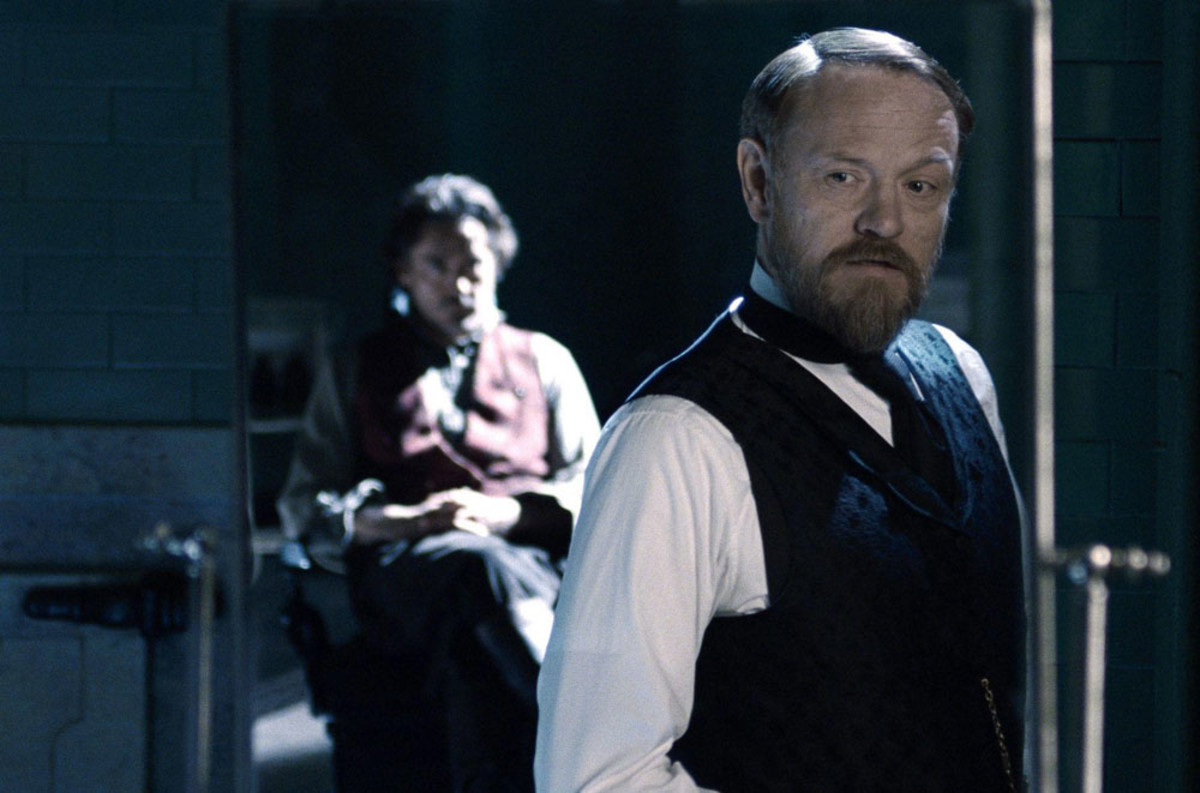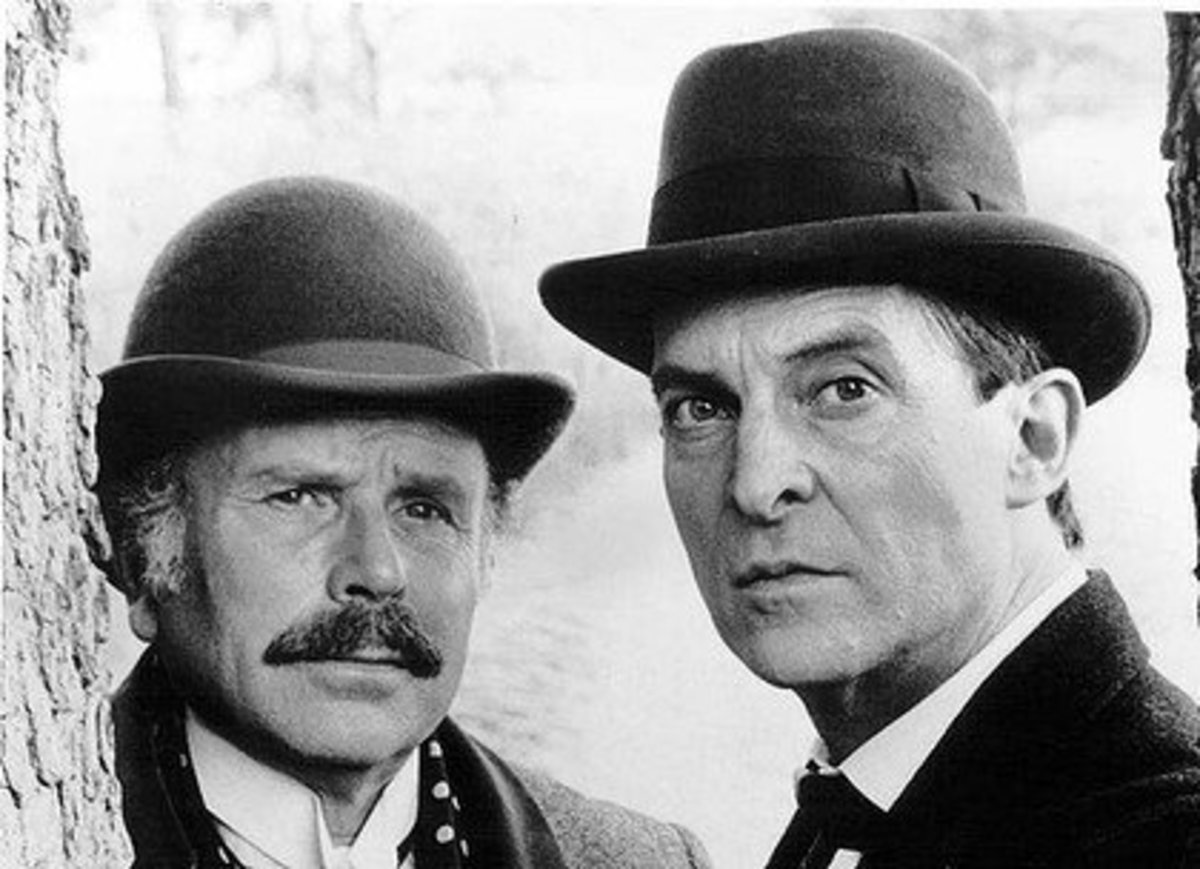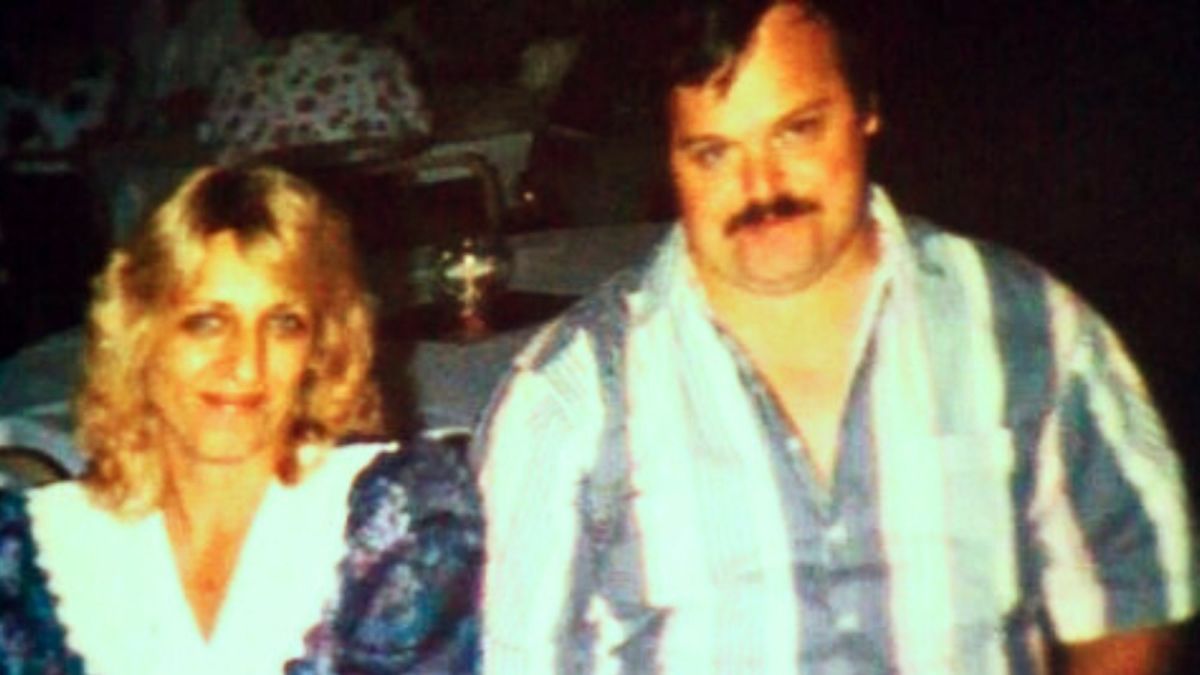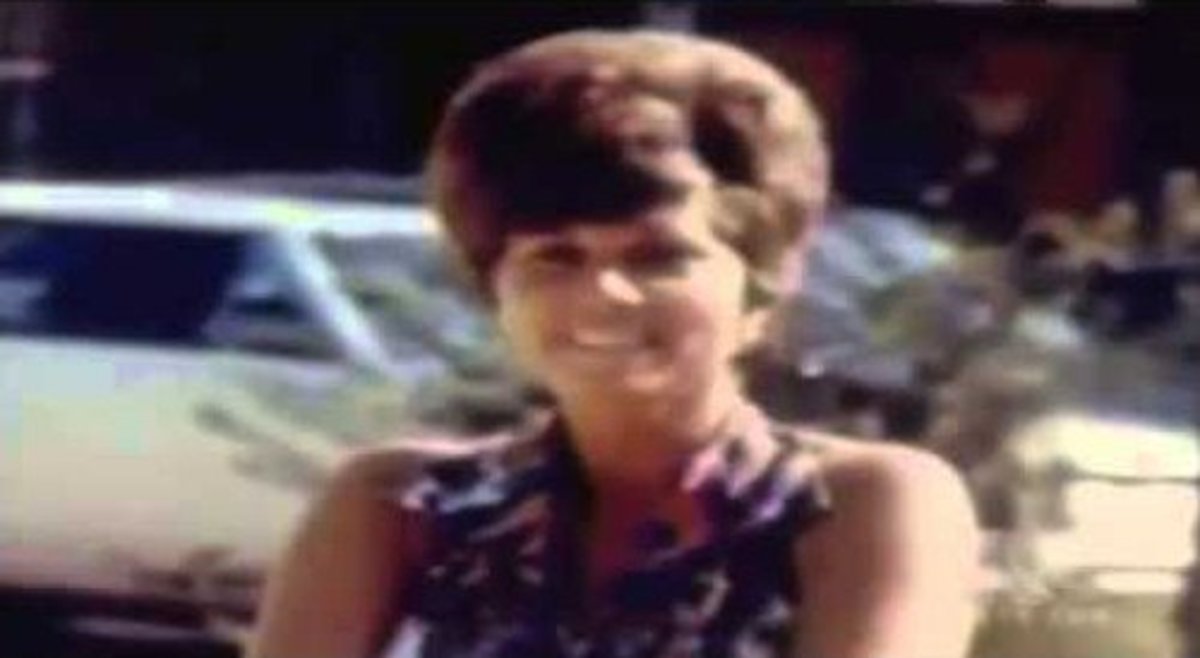Sherlock Holmes Real Life Case of Oscar Slater
On the 21 December, 1908, on a bitterly cold December night at approximately seven, in an affluent area of Glasgow city. Gilchrist an eighty-two-year-old, wealthy widower, who lived alone at 15 Queen's Terrace, Princes Street. Arthur Adams, who lived in the flat below with his two sisters, heard a heavy fall from the apartment above. Helen Lambie, the maid who had arrived back at the apartment after seven, saw Adams repeatedly knocking on her employer's door. Opening the door, the chambermaid discovered to her horror, Gilchrest's dead body, the result of a brutal murder. Mary Barrowman, a fifteen-year-old who was walking along Princes Street just after the killing, saw a dark figure of a man fleeing from Queens Terrace.
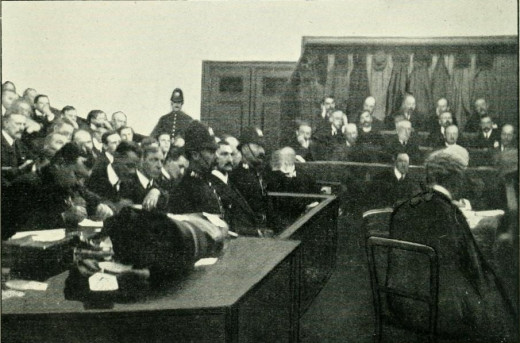
Detectives arrived promptly at the crime scene to try to solve the mystery; all they discovered was a flat that had been trashed, and one diamond brooch from her jewellery collection was missing. Only one suspect's name came to mind – Oscar Slater. A petty German pimp, who ran an illegal gambling den. Days before the murder had taken place Slater tried pawn a brooch. Glasgow Police raided Slater's home address only to find from his Landlady, Andre Antoine, that along with his girlfriend he set sail for New York on the Luistania, under an assumed name. Charged in New York City five days after the murder on Christmas morning. Without resisting arrest, he protested his innocence when he was being interrogated. Arriving back in Glasgow Slater was identified from a police line up by Barrowman. Glasgow detectives thought they had solved the murder case!
On the May 6 1909, without the opportunity of being cross-examined in court - he was convicted of the Murder of Gilchrist. Slater was given the death penalty by the Judge at Glasgow court. The evidence presented to the jury throughout the trial was entirely circumstantial. The brooch that was supposed to be Gilchrist's, in fact, belonged to Slater's girlfriend. Ewing Speirs, the solicitor defending Slater, worked tirelessly in gaining twenty thousand signatures protesting his innocence. 26 May 1909, the judge reduced his sentence to life imprisonment saving him from the death penalty. Newspaper journalists picked up the story and wrote articles supporting Slater's case.
Sir Arthur Conan Doyle, the novelist who created Sherlock Holmes, a private consulting detective who used his intellect to solve crimes. Holmes was based on the well respected University lecturer Dr Bell a former Edinburgh Doctor, who was the first to develop forensic science to solve murderers. Doyle was sent letters from individuals requesting his help in solving real life cases. Up until this point, Doyle had politely turned down all requests for help until he came across Gilchrist's murder in the newspaper. Picking up his magnifying glass, deer stalker and in a Holmesian determination, 'the game is afoot!'.
Doyle decided to investigate the murder himself, arriving in Glasgow, Doyle adopted the methods of his fictional character Sherlock Holmes. Doyle put into practice the methods of deduction that Holmes had always described. Doyle set to work on examining the grounds; Doyle was a highly intelligent qualified Doctor before he turned to writing novels. Like Holmes, Doyle looked at the evidence, murder weapon, in and around the property, spoke to police officers and talked to neighbours and the family of Gilchrist. Eventually he came up with a theory, not based on the flimsy evidence Glasgow Police had used to arrest Slater. Many times Holmes would say ‘when you eliminate the impossible, no matter how improbable, must be the truth'. His conclusion was that Slater was miss carriage of justice, of a crime he never committed. Lambie, upon entering the flat with Adam's on the night of the murder opened a door of the spare room at the back of the hall allowing a man to escape from the flat. Doyle noticed the inconsistency in her story compared to Adams; his theory was that the bloody murder was in fact carried out by a friend of a friend of Gilchrist's maid. Protesting on behalf of Slater, he wrote letters to leading Politicians demanding a retrial. Doyle even paid for Slater's legal costs that had incurred during the trial.
In 1919, a leading police officer in the case revealed that Slater was innocent, a conspiracy had taken place. However, the law courts refused a retrial; the police refused to reinvestigate the murder. Eventually in 1927, Slater's conviction was overturned and later released.



